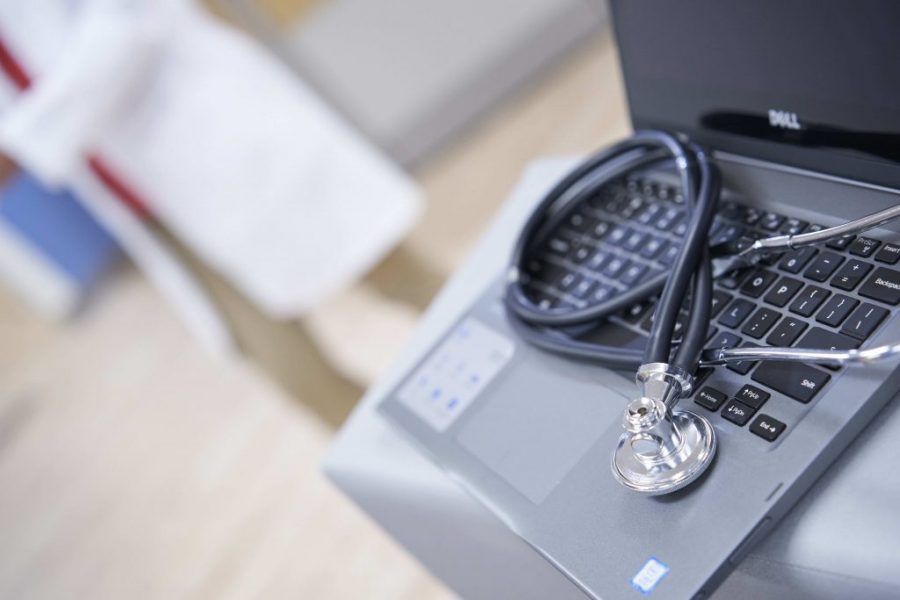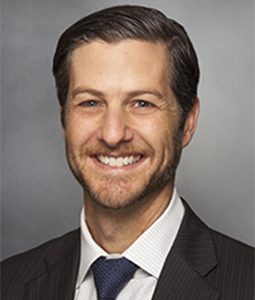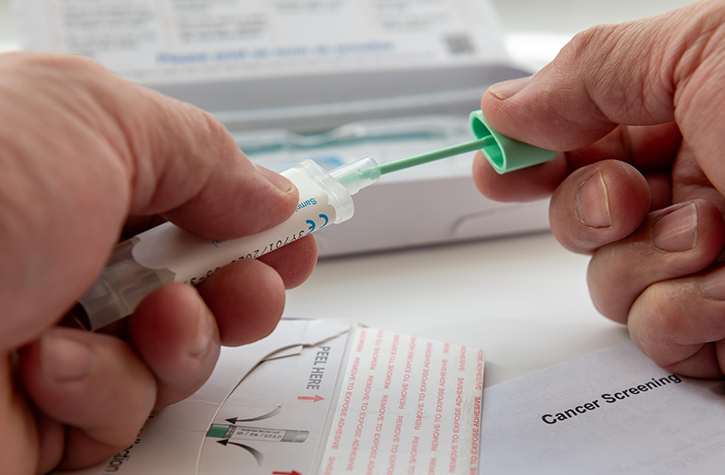April 15, 2021
Teaching computers how to read written notes in medical reports could make it easier for doctors and health systems to track and manage patients with aortic stenosis and other chronic heart conditions, new Kaiser Permanente research shows.
The study, published in Cardiovascular Digital Health Journal, showed that a computer taught to intelligently recognize certain abbreviations, words, and phrases was able to read through nearly a million electronic health records and echocardiograms and identify nearly 54,000 patients with aortic stenosis, one of the most common and serious heart valve disease problems. It would take doctors years to read through the pages of that many medical records. The computer did it in minutes.
“There is a rich trove of clinical information in electronic health records that is not accessible to study on a large scale or use to improve patient care because it’s written by doctors in their medical notes, procedure reports, and exam findings,” said the study’s lead author Matthew D. Solomon, MD, PhD, a physician researcher at the Kaiser Permanente Northern California Division of Research and a cardiologist with The Permanente Medical Group. “Natural language processing allows us to use a computer to scan through medical records the way Google scans web pages to glean information that can help researchers, physicians, and patients.”
The study began with the research team identifying all Kaiser Permanente Northern California patients who had an echocardiogram—which uses sound waves to produce images of the heart that doctors can use to identify signs of heart disease—as part of their clinical care between January 2008 and December 2018. Next, the researchers used about 1,000 of these patients’ echocardiogram reports to teach the computer how to recognize and understand the unique and varied ways doctors describe aortic stenosis and other heart findings. This type of artificial or machine-based intelligence is called natural language processing.
The study team then assessed how well the computer had learned to do this work by having it analyze all 927,884 eligible echocardiogram reports from 2008 to 2018. The computer identified 53,791 patients with aortic stenosis. The researchers found that only 64.6% of these patients had a diagnosis code for aortic stenosis in their medical records. This doesn’t mean the other patients did not have a diagnosis of aortic stenosis, Dr. Solomon said. Rather, the diagnosis was often recorded in the electronic health record with a broader diagnostic code, such as heart disease.
“There are a lot of limitations to only using procedure codes or diagnosis codes to identify populations of patients with a condition of interest,” said the study’s senior author Alan Go, MD, a senior research scientist at the Division of Research and the regional director of the Kaiser Permanente Northern California Clinical Trials Program. “We were able to train the computer to do what a physician or trained abstractor would do, but on a large scale and without ever getting tired or making mistakes. Importantly, we were also able to train the system to look at the information and measurements from the exams to tell us not only whether a patient had aortic stenosis, but the severity of their condition.”
The research team intends to train the computer to identify other types of heart conditions. They also want to demonstrate that the algorithm can be used in real time to help personalize a patient’s care pathway, which could include identifying patients who are in need of earlier follow-up or who are eligible for cardiology clinical trials.
If this work is successful, said Dr. Go, the next step would be to teach the computer how to analyze patterns in the medical records that could identify patients at risk for aortic stenosis. “This would put us in the realm of being able to use artificial intelligence for disease prevention, which is a top priority for Kaiser Permanente.”
This work was supported by grants from The Permanente Medical Group Delivery Science and Applied Research and Physician Researcher Programs.
Co-authors include Grace Tabada, MPH, Amanda Allen, BA, and Sue Hee Sung, MPH, of the Division of Research.
This article originally appeared in Division of Research Spotlight








